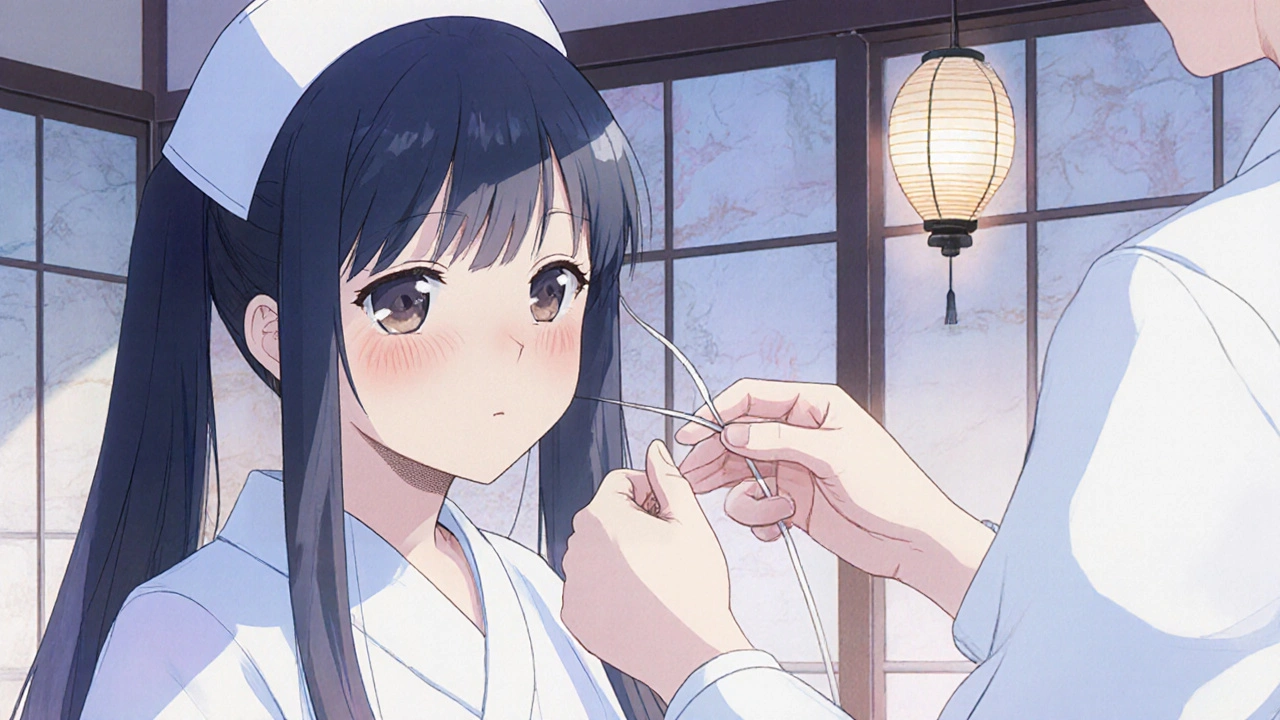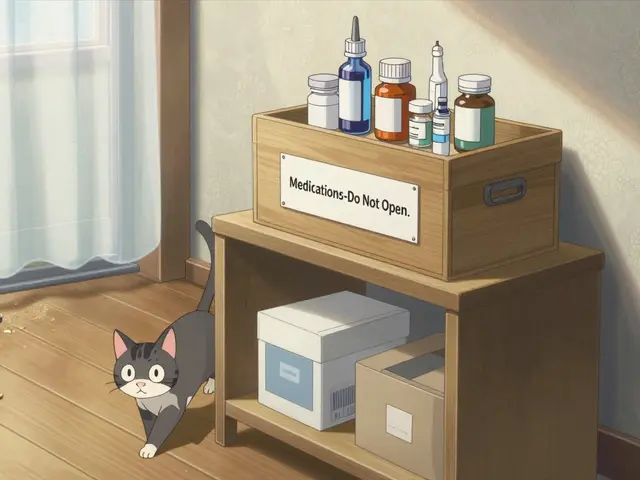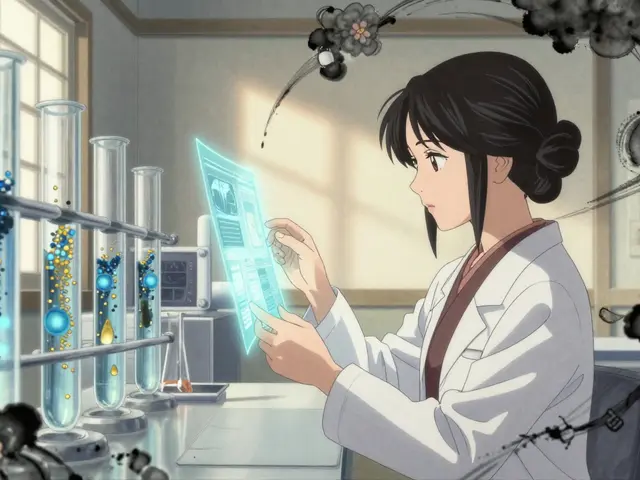Bladder Symptoms: Common Signs, Causes, and What to Do Next
When you feel a sudden, strong urge to pee—only to leak before you make it to the bathroom—you’re not alone. Bladder symptoms, a group of signs indicating the bladder isn’t functioning normally. Also known as lower urinary tract symptoms, they include frequent urination, urgency, leakage, and nighttime trips to the toilet. These aren’t just annoying—they can mess with sleep, confidence, and daily life. And while many assume it’s just aging or drinking too much coffee, the real causes are often medical and treatable.
One of the most common conditions tied to these symptoms is overactive bladder, a condition where the bladder muscles contract involuntarily, even when the bladder isn’t full. It’s not caused by infection or prostate issues, but by misfiring nerves or muscle spasms. People with this often feel the need to go every hour or more, and sometimes can’t hold it long enough. Then there’s urinary incontinence, the accidental loss of urine. This isn’t one thing—it’s stress incontinence (coughing or laughing causes leaks), urge incontinence (sudden strong urges), or mixed types. And urinary urgency, that intense, hard-to-ignore need to pee. It’s the feeling that makes you race to the bathroom, sometimes failing.
What triggers these? Medications like Mirabegron are used to calm overactive bladder muscles, but they come with side effects. Other causes include nerve damage, pelvic floor weakness, diabetes, or even something as simple as too much caffeine or alcohol. Sometimes, it’s not the bladder at all—it’s the nerves sending wrong signals. And yes, it can show up in kids or young adults, not just older people.
Most people wait months—or years—before talking to a doctor. They think it’s normal, or they’re embarrassed. But here’s the truth: bladder symptoms don’t have to be part of your life. Treatments range from simple lifestyle changes to targeted meds, physical therapy, or even minimally invasive procedures. The key is knowing what you’re dealing with. The posts below break down real cases, explain how drugs like Mirabegron work, what side effects to watch for, and how to tell if your symptoms need a doctor’s attention. No fluff. Just clear, practical info to help you take the next step.
How Urodynamic Testing Diagnoses Bladder and Urinary Incontinence Symptoms
Discover how urodynamic testing objectively diagnoses bladder and urinary incontinence symptoms, what the tests involve, and how results guide treatment.






